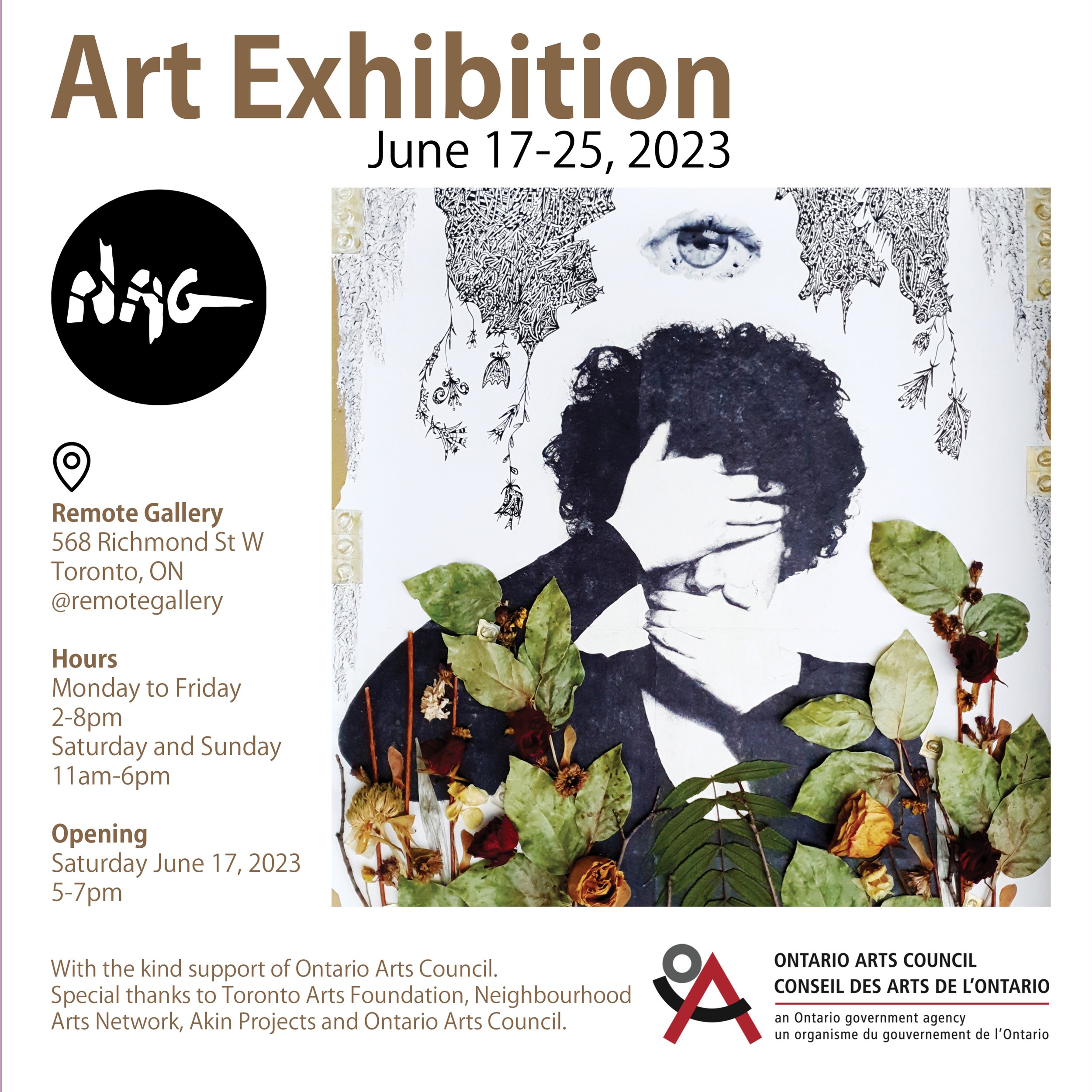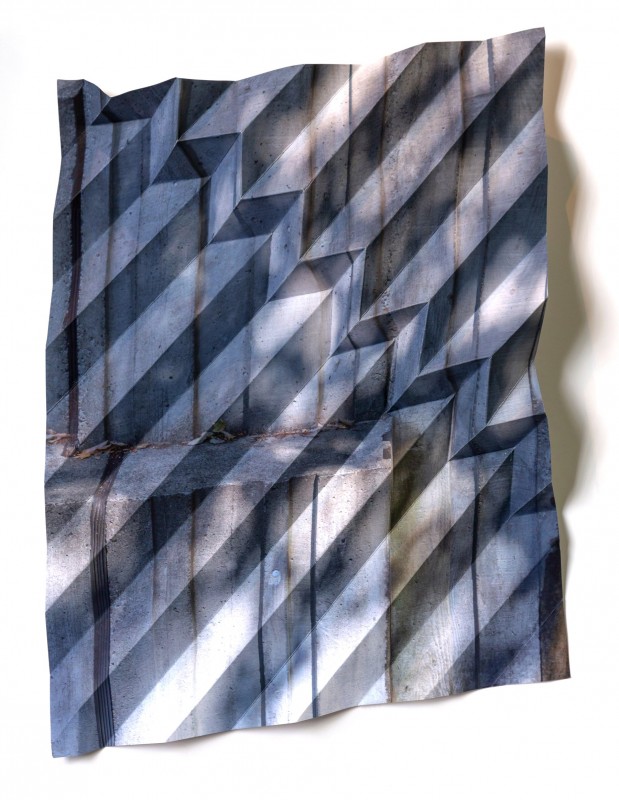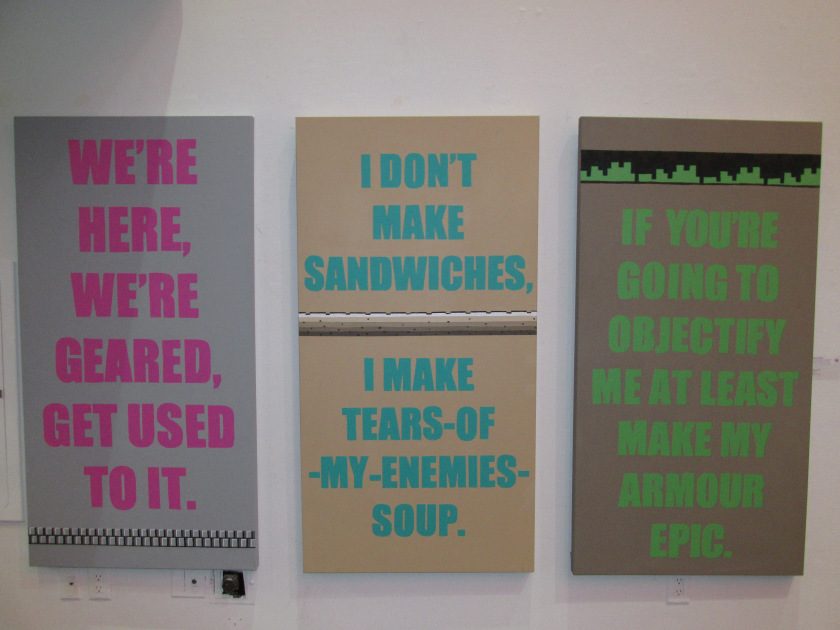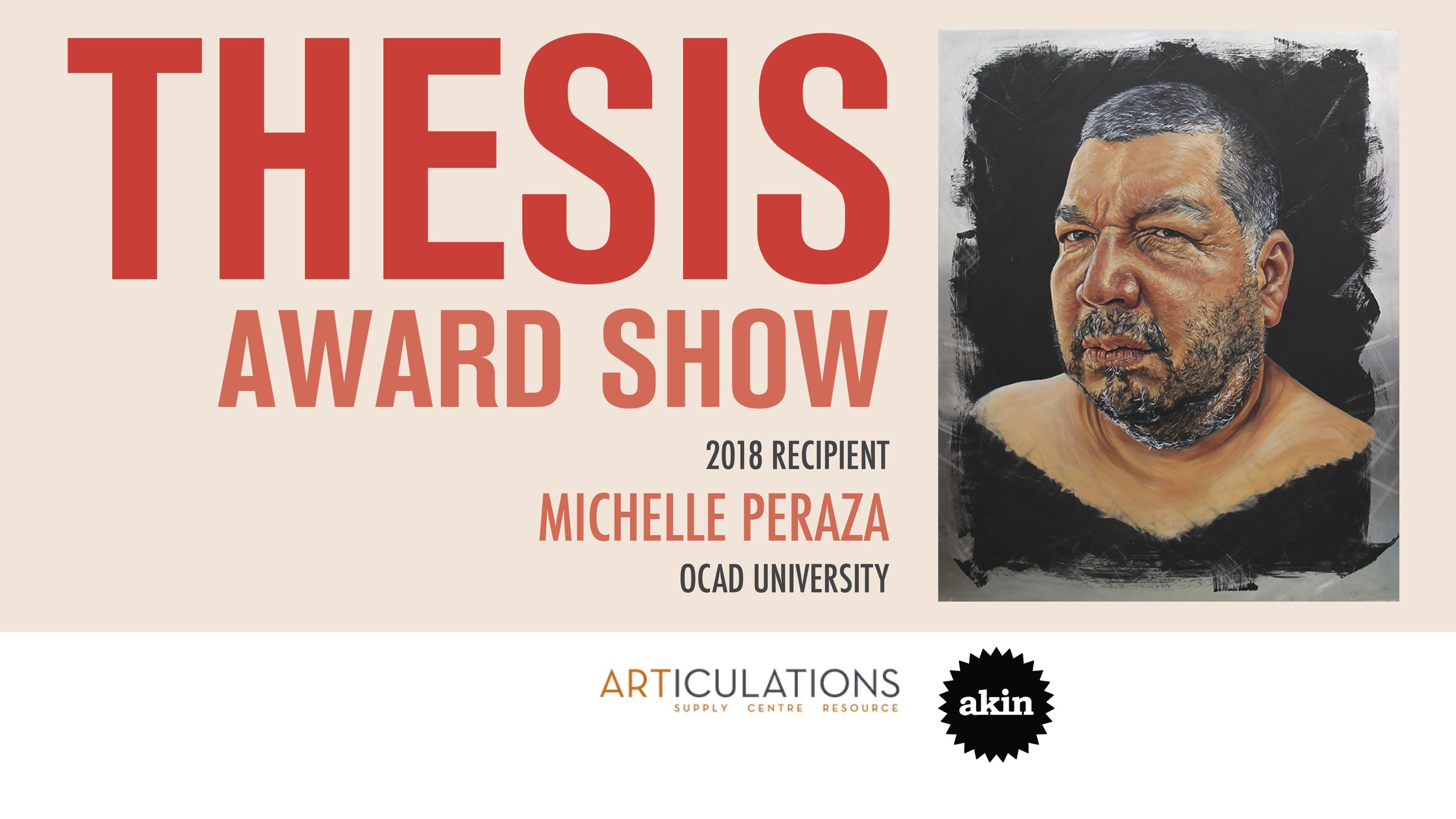Toronto Biennial of Art (the Biennial) recently announced an extensive series of free public programs during the 10-week Exhibition that will take place during its inaugural edition, from September 21 to December 1, 2019. More than 70 local and international participants will lead talks, workshops, and performances that intersect with and expand ideas emerging from the 2019 Biennial’s central question: “What does it mean to be in relation?”
Led by Deputy Director and Director of Programs Ilana Shamoon, and conceived by Curator Clare Butcher and Associate Curator Myung-Sun Kim, the Biennial’s Programs team has developed five programming streams: Co-Relations, Currents, Storytelling, Tools for Learning, and the Toronto Biennial of Art Residency.
Programs will take place at more than 15 Biennial sites across Toronto. Conceived to extend beyond the event itself to activate the Biennial between editions, Programs is responsive to conversations that emerge during the inaugural Biennial and will precipitate ongoing projects, research, events, and partnerships that create a foundation for continued exchange into 2021.
Co-Relations explores critical local issues—livability, access, interconnectivity—that extend ideas addressed in the Biennial’s first edition. The program demonstrates a deep commitment to placemaking in a series of performances and gatherings, including artist talks, participatory games, civic conversations, youth-engaged projects, workshops, and communal meals. Participants are invited into shifting and expanding dialogues that reveal our often invisible, intangible, or overlooked connections to each other and our environment. These unseen or unnoticed connections provide insights into how we can better build and sustain symbiotic relationships over time.
Currents is a platform for artist-led programming that invites visitors to engage directly with the creative and critical processes at work in the exhibition. This stream consists of talks, performances, symphonies, star-gazing, and ceremonies that trace ideas circulating within and beyond the Biennial’s main sites and connect with other exhibition locations. Be it through acts of restitution, revolutionary wearables, ways of knowing with the water, or the ethics of making, Currents asks participants to reconsider what it means to be in and out of relation in the context of artworks featured in this year’s Exhibition.
Storytelling seeks to shift the mediation of contemporary art away from conventional modes of interpreting and informing to narrating and embodying through weekly walks and conversations. An intergenerational and multilingual group of storytellers share personal insights and experiences of the city as they guide visitors through the exhibition’s site-specific installations, research, and generative proposals. Storytellers will bring submerged narratives to the surface in relation to the history and politics of Toronto’s shifting shoreline.
Tools for Learning is generated with Biennial participants and collaborators, and comprises group exercises, performative scores, proposals for collaborative thinking and making, artist interviews, and audio tours. Whether in the Biennial, the classroom, or at home, our multimedia toolbox can be put to use by educators, students, and other community members in connecting their own experiences and curricula with process-based, playful approaches to contemporary artistic practices.
The Toronto Biennial of Art Residency is an experimental platform for artists with socially engaged practices. It supports artists whose work is challenging disciplinary and aesthetic conventions to expand notions of community and enact social change at various scales. For its inaugural residency, the Biennial is proud to present Life of a Craphead, a collective whose work spans performance art, film, and curation.































